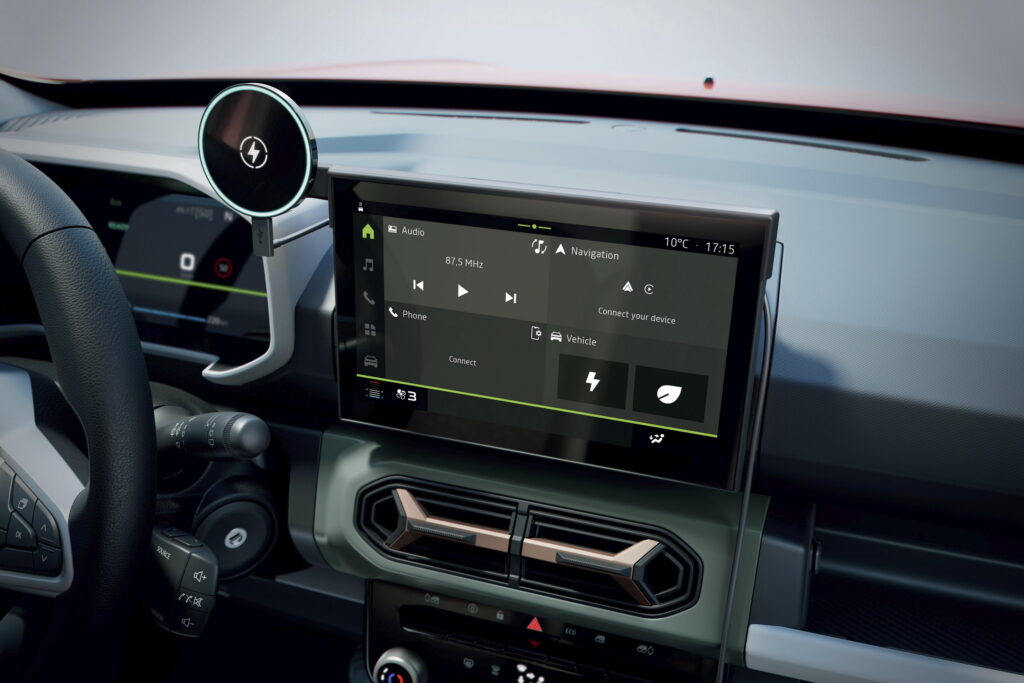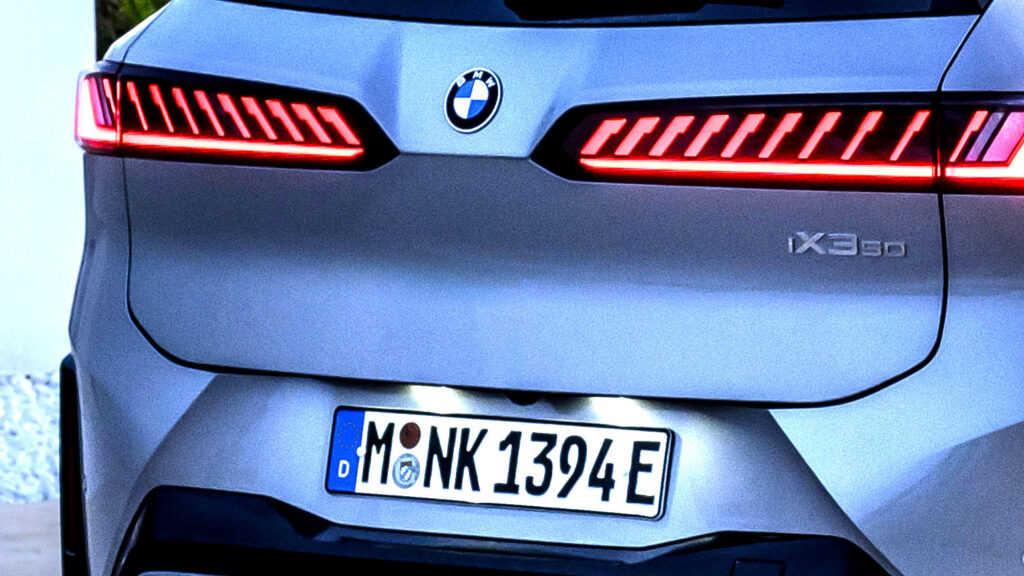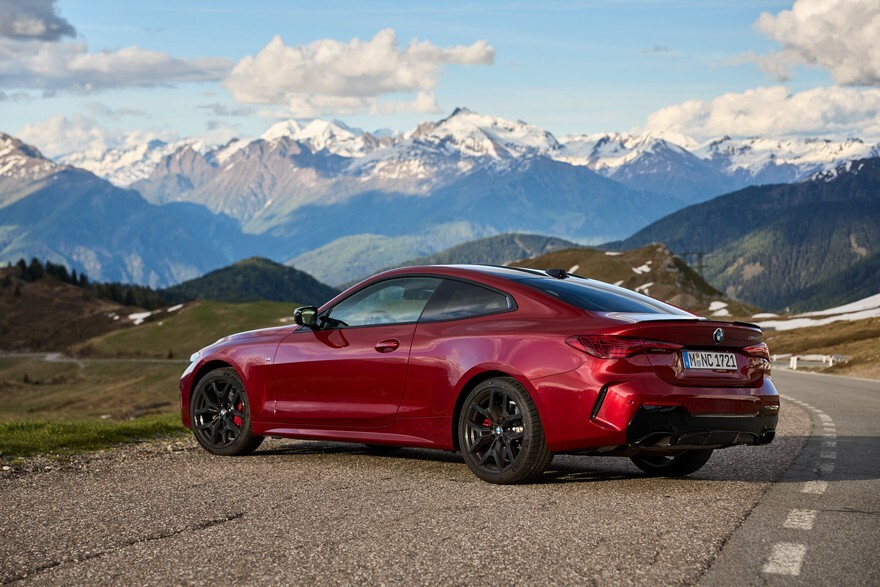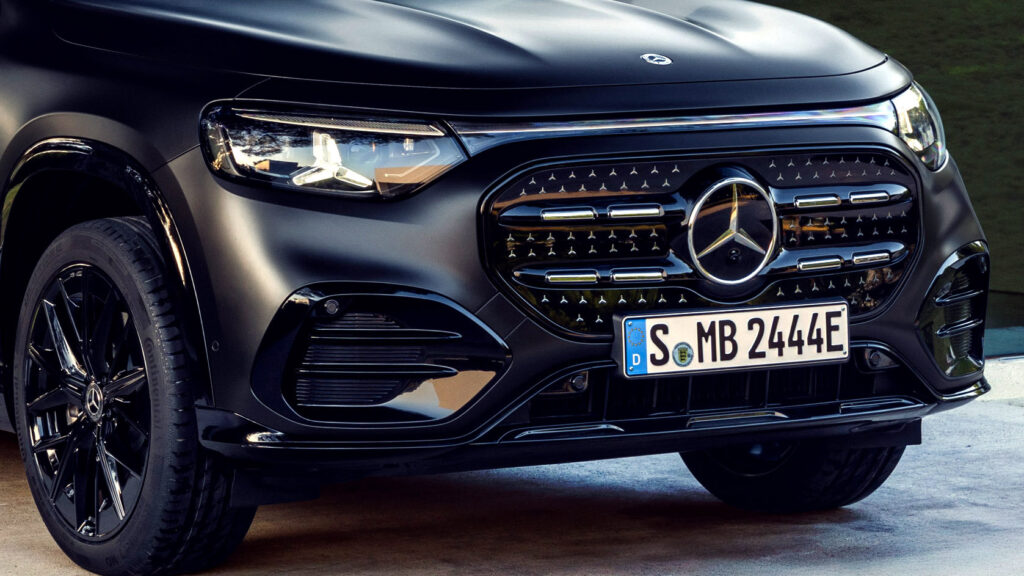This EV Was Already Cheap, Then Dacia Knocked Off Nearly $6,000

- Dacia cut €5,000 off the Spring in Germany through Feb 28.
- The new €11,900 price makes it cheaper than in the UK.
- Buyers must register the EV by June 30 to keep the deal.
Buying a new electric car just got even cheaper in Germany, as Europe’s most budget-friendly EV has pulled further ahead of the pack. The all-electric Dacia Spring now starts at just €11,900 (around $13,900), thanks to a massive €5,000 (around $5,900 at current exchange rates) discount. At that price, it’s significantly cheaper in Germany than it is in the UK.
It’s not a government subsidy or rebate through a dealer. The discount is applied straight to the vehicle’s base price, but it won’t last forever. To take advantage of the full €5,000 off, buyers must sign a purchase or lease agreement by February 28. On top of that, the car needs to be registered no later than June 30.
Read: UK’s Cheapest EV Is Made In China, But Doesn’t Wear A Chinese Badge
Beyond the headline price, the Spring comes with a seven-year or 150,000-kilometer warranty as standard. It’s also compact and lightweight, tipping the scales at 995 kg (2,193 pounds) and measuring 3.7 meters (12.1 feet) in length.

What Do You Get For The Money?
Of course, a car this cheap comes with compromises. The Spring is equipped with a 24.3 kWh lithium-iron phosphate battery, which powers a single front-mounted electric motor producing just 70 horsepower. It’s also built in China, which helps account for the low cost.
Dacia says it can average a respectable 12.7 kWh/100 km over the combined cycle, offering up to 225 km (140 miles) of driving range. For those who only drive in the Spring in cities, the range can be extended to up to 341 km (212 miles).

Incredibly, this isn’t the wildest deal we’ve seen for the Dacia Spring. As part of a new government scheme in Italy designed to encourage locals to scrap their old ICE cars in favor of EVs, the Spring can be purchased for as little as €3,900 ($4,600).
However, to qualify for the maximum saving of €11,000 ($13,900), locals must scrap a Euro 5 or earlier vehicle, live in an urban area with more than 50,000 residents, and have a family income of less than €30,000 ($35,100).


















